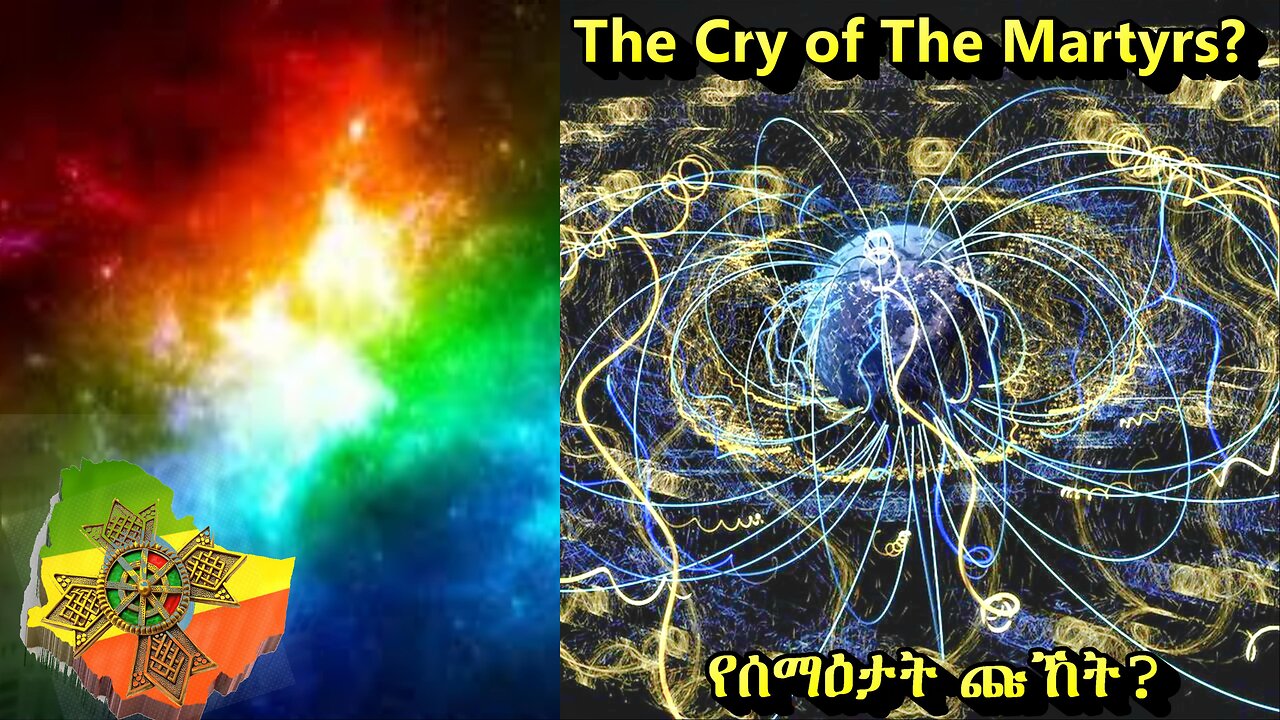Premium Only Content

Mysterious ‘Chirping’ Waves Detected Above Earth Are Surprising Scientists | The Cry of The Martyrs?
👉 Courtesy: Smithsonian
https://www.smithsonianmag.com/smart-news/mysterious-chirping-waves-detected-100000-miles-above-earth-are-surprising-scientists-180985971/
😮 Chorus waves, quick bursts of energy known to occur relatively close to Earth and around other planets, were found in an unexpected part of the magnetosphere, according to a new study.
Scientists have detected something strange in Earth’s magnetosphere, some 100,000 miles away from the ground. Split-second bursts of energy known as chorus waves were found “chirping” in an area where they’ve never been seen before, baffling researchers.
To be clear, there’s no actual chirping being heard in space, since space is a vacuum that doesn’t transmit sound. Chorus waves, instead, earned their name because they sound like birdsong when converted to audio signals. They’ve been picked up since the late 1960s at the Halley Research Station in Antarctica. NASA has also detected the waves with its Van Allen Probes, which measure the radiation belts surrounding our planet.
Until now, these waves were observed to occur close to Earth, around 32,000 miles away. But using NASA’s Magnetospheric Multiscale mission, researchers found chorus waves at much more distant locations, placing them in an area that challenges the existing theory on how these perturbations are produced. The findings were published in the journal Nature in January.
Scientists previously thought that chorus waves could only be generated near a dipolar magnetic field—that is, one with a north and south pole, like the one surrounding Earth. They’ve also been found around other planets with magnetic fields, such as Saturn and Jupiter.
But these newly detected waves were found in a strongly stretched, relatively flat and distant region of the magnetosphere, pointing to another possible reason for their occurrence. Instead, they could be produced by changes in frequency across the magnetic field, per Scientific American.
-
 UPCOMING
UPCOMING
Patriots With Grit
3 hours agoWhat You Should Know: Harmful Vaccine Ingredients | Dr. Bryan Ardis, D.C.
53 -
 LIVE
LIVE
yellow_1ron
2 hours agoGAMING WITH THE HOMIES JOIN UP | JOIN!
198 watching -
 LIVE
LIVE
JohnnyDrop
1 hour agoJOHNNY DROP | Let's get to 100 Followers | Warzone / PGA / Question of the Day
46 watching -
 11:52
11:52
Exploring With Nug
3 hours ago $0.07 earnedWhat’s Hiding Under This Dallas Lake We Found a Vehicle!
14.6K3 -
 LIVE
LIVE
sSK1TTL3Ss
2 hours agoBATTLEPASS Grind!
20 watching -
 LIVE
LIVE
RaikenNight
2 hours agoGoose Goose Duck then I am Building MInis
43 watching -
 LIVE
LIVE
Phyxicx
4 hours agoRocket League with Rance tonight! - 8/24/2025
37 watching -
 LIVE
LIVE
ManoloCalifas
1 hour ago🔴 LIVE - DARK SOULS 3 SEAMLESS CO-OP
20 watching -
 2:59:09
2:59:09
Barry Cunningham
9 hours agoBREAKING NEWS: PRESIDENT TRUMP SET TO TAKEOVER CHICAGO AND BOSTON!
33K29 -
 2:58:27
2:58:27
LumpyPotatoX2
4 hours agoSunday Funday on HellDivers - #RumbleGaming
19.5K